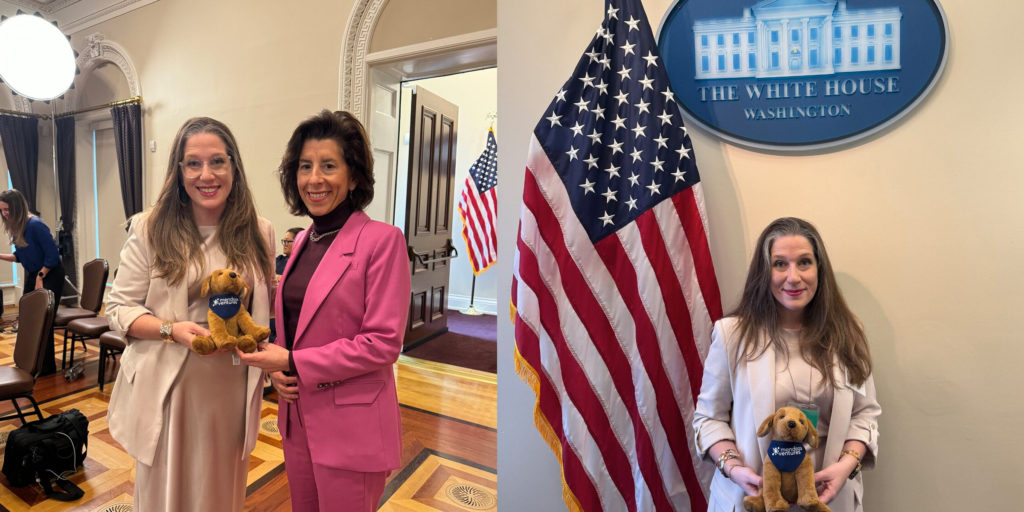The new label for a company’s internal innovation advocate is called an “intrapreneur” (an internal entrepreneur). The intrapreneur is dedicated to a large organization’s innovation strategy and is focused on managing the innovation lab. Most commonly they are an internal employee that has shown some promise at the organization and has caught the ear of a C-level executive. They might be younger than the median age of the company and have been pushing an innovation agenda to their manager and peers.
“No one wants to run the innovation lab as they will have a target on their back” – anonymous
With this new title, the intrapreneur carries the weight of that organization’s innovation mission and dream on their shoulders. These intrapreneurs are being asked to accomplish a task that is much larger than their experience, or really any one person in an organization, can handle. I would equate the demands of the intrapreneur to someone asked to climb Mt. Everest without being given any formal training or climbing equipment – a recipe that will end in disaster.
Here are four reasons why the intrapreneur is set up to fail:
- No history of entrepreneurialism – As the intrapreneur comes from the inside of the existing organization they have no recent history of being an entrepreneur. They have not run a startup, they have not managed cash flow, raised capital, or created innovation based on necessity. Their experience comes from either being inside of the large organizations culture, structure, and processes; while at the same time reading theory on entrepreneurialism, organizations theory (i.e. Lean, Spotify teams), and startup culture. Without this view from the outside and lacking first hand operating experience they have difficulty structuring how the innovation lab will run, how products will get pushed to market, and how to build a culture of innovation within their teams.
- Cannot hire external candidates – Most intrapreneurs are working within the confines a a large organizations employee structure, as a result they are being pushed to use internal resources regardless of their experience or desire to work within the innovation lab. Without any external hires (employees, advisors, or mentors) the internal employees are not being fully trained or mentored on how to innovate or to spread the culture of innovation back into the larger organization. There remains a gap in the ability to grow talent, especially when the intrapreneur’s own experience is limited, as a result he or she cannot foster growth for the team or the incubated products.
- Cannot hire at market rate – When the intrapreneur is given the opportunity to hire externally, they are limited by a small budget and by an unrealistic salary expectation (usually below market rate). When compared to the growth and cost of talent in the startup ecosystem, they are unable to compete with that salary requirements for hiring new employees at above market rate, this is especially important when hiring engineers or data scientists. Without the draw of equity or options given at a startup the intrapreneur is trying to staff the lab with external candidates at “startup” salaries who might agree with the innovation mission (a smaller subset), but are not being paid at a market rate. In the long term, the lab will lose these external hires back into the startup ecosystem and the intrapreneur loses that talent, investment, and experience.
- Cannot gauge market traction or velocity – Without prior operating experience outside of a larger organization, the intrapreneur will have trouble gauging the market traction and its velocity of new products created by the lab. At a typical startup, this traction comes from early sales of that that product and comparing itself to competitors in their space. As the large organization is usually the labs only customer it makes it difficult to compare what market acceptance of that product will look like. This task is made more difficult as the intrapreneur may have only worked at that company or at one of a similar size and culture. Add to that the lab usually has to adhere to the “rules” of the larger organization, it gets very costly to test market traction when you cannot release an authentic MVP, but one adhering to the expectations of a multi-million dollar organization and its’ various departments (i.e. compliance, procurement, security).
Under these conditions, even the best intentions and experience fall short of the task at hand. An intrapreneur must be an advocate, business manager, politician, mentor, CEO, CFO, and culture shift from an incubator to an established organizational culture, with goals on both sides. The path of the intrapreneur is a steep one to climb.


